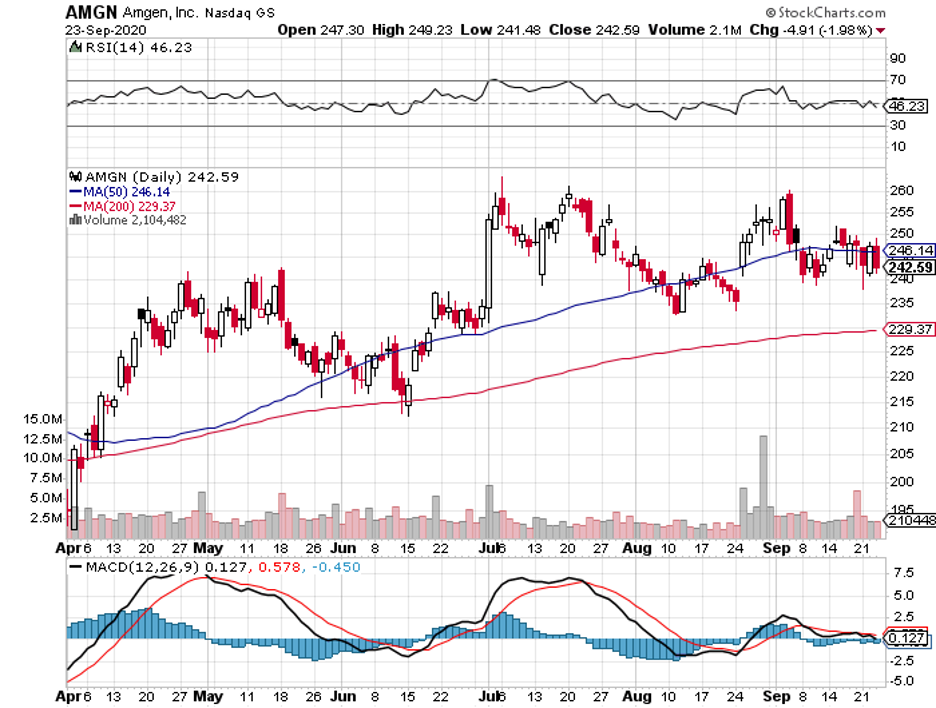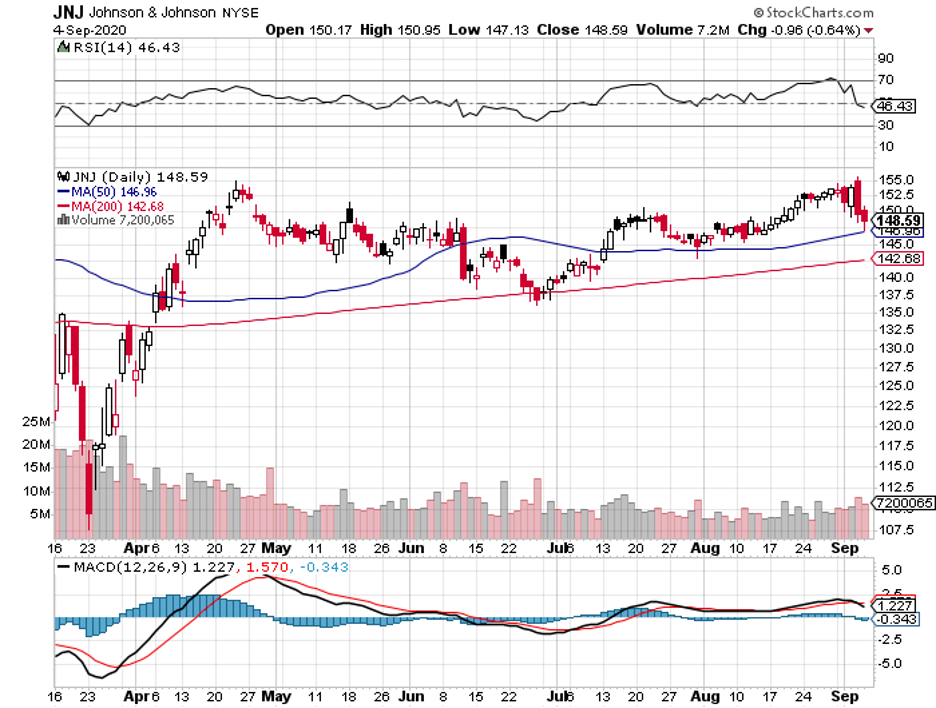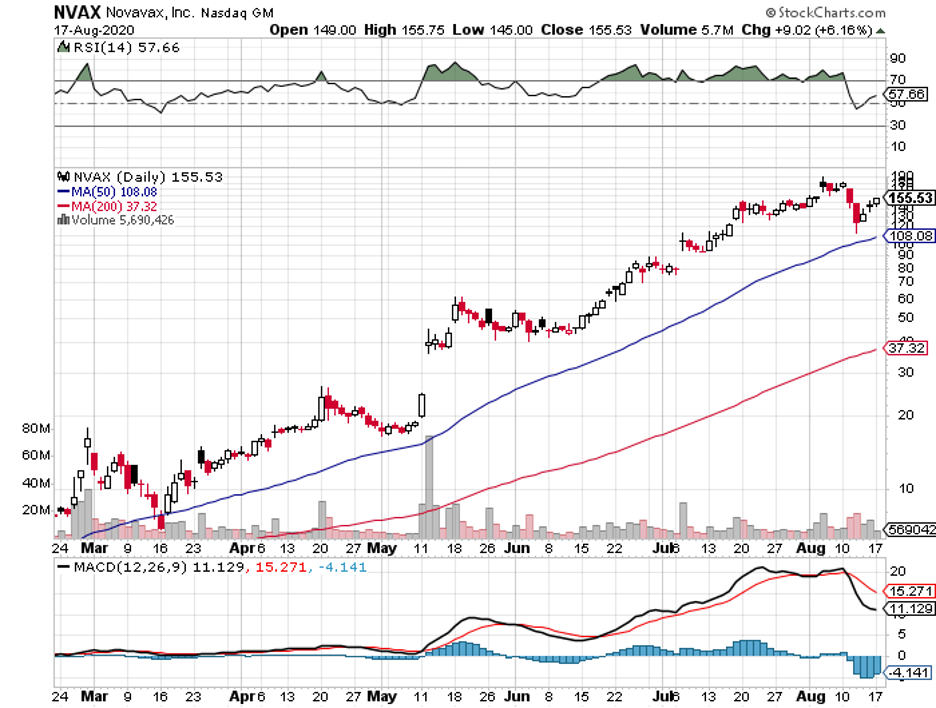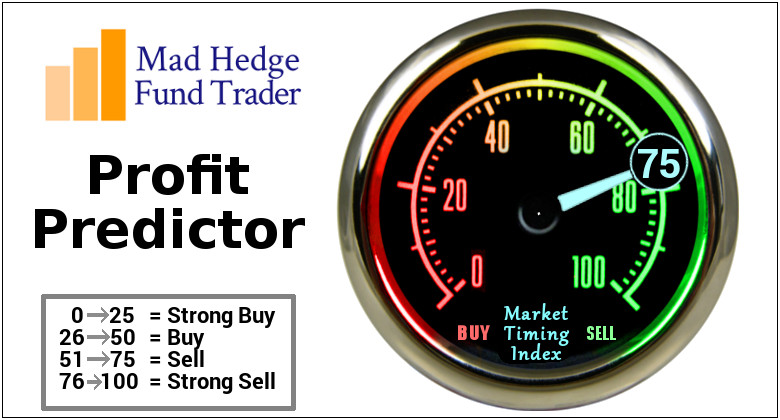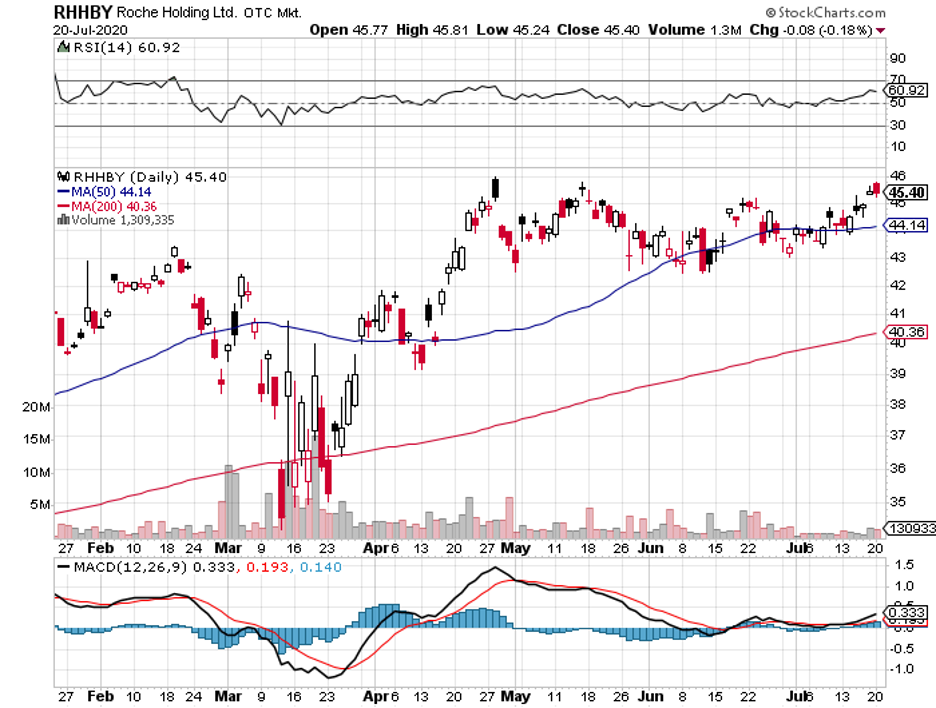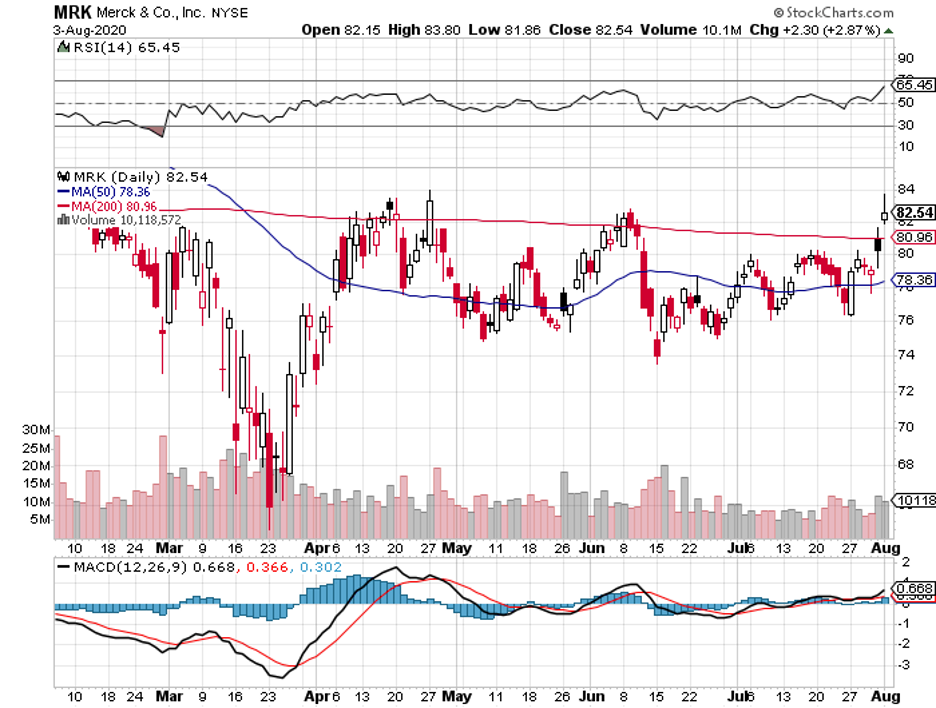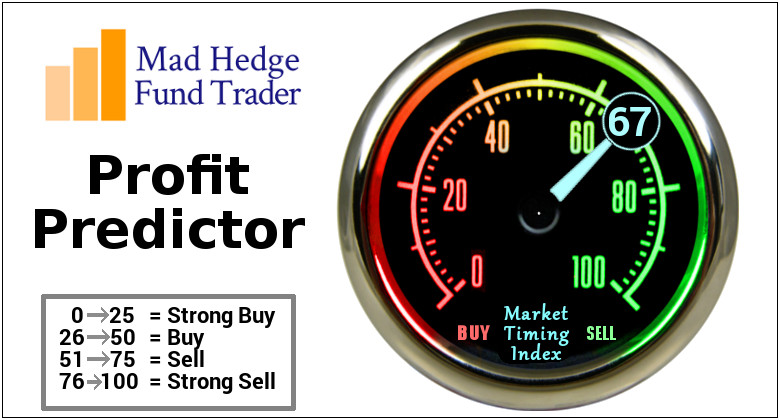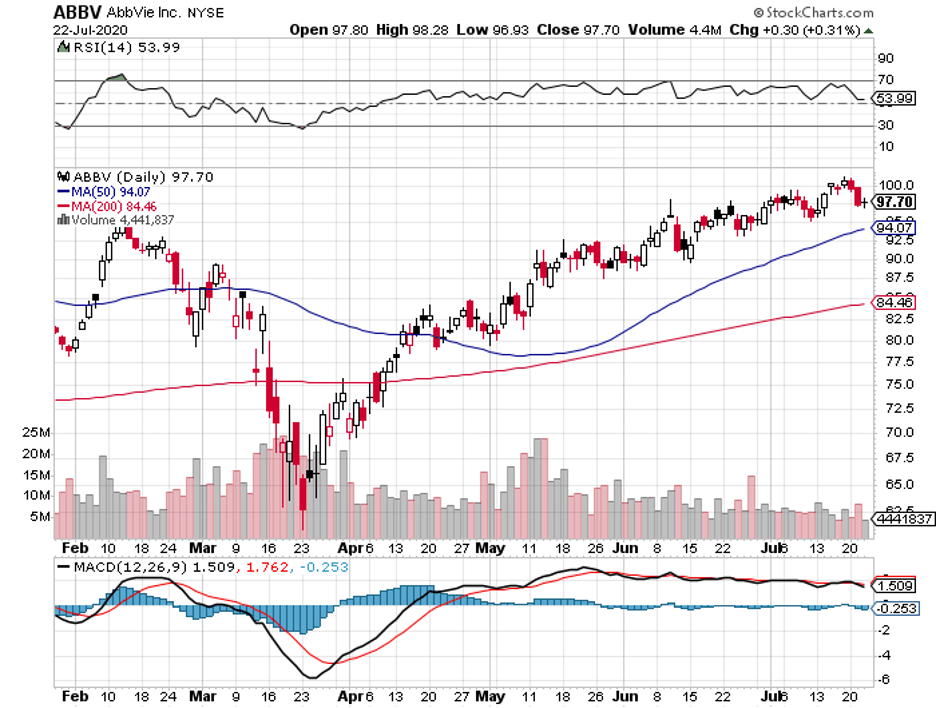Amgen (AMGN) grabbed headlines in August when it became the first biotechnology stock listed in the prestigious Dow Jones Industrial Average, offering mutual funds and exchange-traded funds that follow the index more access to the company’s shares.
With its share price worth $243.21, Amgen has been hailed responsible for roughly 1,600.20 Dow points – roughly 5.8% of its total.
Does this make Amgen the new champion of the biotechnology sector?
Although it has not explicitly declared that it is developing drugs mainly for older adults, Amgen’s pipeline notably focuses on the fast-rising senior population across the globe.
This is quite strategic considering that the world population of seniors is projected to double from the current number to reach more than 2 billion by 2050.
A noteworthy strategy it employed to expand its market share is cutting the prices of some of its most popular products.
For example, Amgen lowered the price of its heart disease treatment Repatha by as much as 60% in 2018. Since the drug has become one of the more affordable options in the market, making it more accessible to more users.
This led to a 20% rise in sales revenue by 2019, with Repatha expected to rake in a higher number in 2020 – a highly probable expectation considering the 32% climb it recorded in its second quarter earnings report this year. So far, Repatha has generated $200 million in sales in the second quarter.
Another notable drug that recorded a climb in sales is Evenity, which targets postmenopausal women with osteoporosis.
Evenity generated an impressive increase of $101 million compared to the $28 million it earned in the same period in 2019.
Despite its $142.08 billion market capitalization, Amgen is not immune to the effects of the pandemic.
For one, sales of arthritis drug Enbrel fell by 9% year over year to record only $1.2 billion while cancer therapy Neulasta showed a 28% decline to $593 million.
The drop in their performance was attributed to pricing pressure and biosimilar competition.
In addressing the issue, Amgen also ventured in creating a competitive and lucrative biosimilar portfolio.
So far, its biosimilar version of AbbVie’s (ABBV) best selling drug arthritis drug Humira has managed to rake in over $200 million in sales in 2019.
Two more oncology biosimilars, MVASI and KANJINTI, which were only launched in the US last year, generated $588 million in sales.
This year, Amgen will launch another potential biosimilar blockbuster called AVSOLA. This would be in direct competition with Johnson & Johnson’s (JNJ) antitumor treatment Revicade.
Outside these biosimilars, Amgen has over 50 clinical trials queued, which include more than 20 Phase 3 studies. Ultimately, the company’s goal is to displace all the deadweights in its current portfolio.
One of the most exciting products in Amgen’s pipeline right now is its heart failure drug Omecamtiv Mecarbil, which recently completed Phase 3 clinical trials.
With cardiovascular diseases identified as one of the leading causes of death worldwide, the success of Omecamtiv Mecarbil would translate into a strong foothold for Amgen in this huge market and a key growth driver in the long run.
Another blockbuster in Amgen’s portfolio is Otezla, which it acquired from its $13.4 billion deal with Celgene prior to its merger with Bristol Myers Squibb (BMY) in 2019.
Although Otezla has already been marketed as an adult arthritis and psoriasis treatment, Amgen has been working on expanding its indication to include Behcet's disease, pediatric psoriasis, and pediatric arthritis.
Even without the expanded indications, Otezla has been a hot seller for Amgen.
In fact, the pandemic did not stop it from reaching a 14% year over year revenue growth every quarter, with its second quarter earnings reaching $561 million.
Other than the expanded use to cover more age ranges in the arthritis and psoriasis sector, Amgen is also studying whether Otezla can be used as a COVID-19 treatment.
If these studies prove to be successful, then Amgen will easily make up the price of the Otezla purchase quicker than anticipated.
More importantly, it would be able to add another massive moneymaker in its already formidable anti-inflammation program. By the end of 2021, Amgen’s revenues would be considerably bigger.
Amgen’s second quarter earnings reports showed a respectable 6% rise in its year over year revenue, with the company generating $6.2 billion despite the ongoing health and financial crises.
Beyond its growth in the US market, Amgen has been busy with international expansion. To date, the company has established a key partnership with China’s BeiGene (BGNE).
It further strengthened its presence in Asia thanks to its acquisition of Japan’s Astellas Pharma earlier this year.
These moves are promising since China and Japan are the second and third biggest pharmaceutical markets in the world, and both countries are showing strong growth in their senior populations.
Needless to say, these partnerships would put Amgen in a strategic position to capture a share of that growth.
Investing in healthcare and biotechnology stocks has always been one of my go-to advice to people.
National healthcare spending is expected to increase at an average rate of 5.5% annually until 2027.
By then, the cost would reach a whopping $6 trillion, resulting in an estimated $1 in every $5 of the GDP getting allocated to healthcare spending within this decade.
Amgen is a blue chip biotechnology stock that has a presence in over 100 countries and develops groundbreaking treatments that can help people across the globe.
As a leading company in the healthcare and biotechnology industry, Amgen holds a strong position to leverage this growth to its advantage.
While the 2.48% trailing annual dividend yield is pretty average, Amgen also prides itself of consistently boosting its dividend every year since 2011.
It also engages in opportunistic share buybacks, so its investors have more ways to get rewarded.
Since Amgen stock shares are not exactly cheap right now, income-oriented investors should be on the lookout for a market crash and seize the opportunity to scoop up shares of this valuable biotechnology giant.

